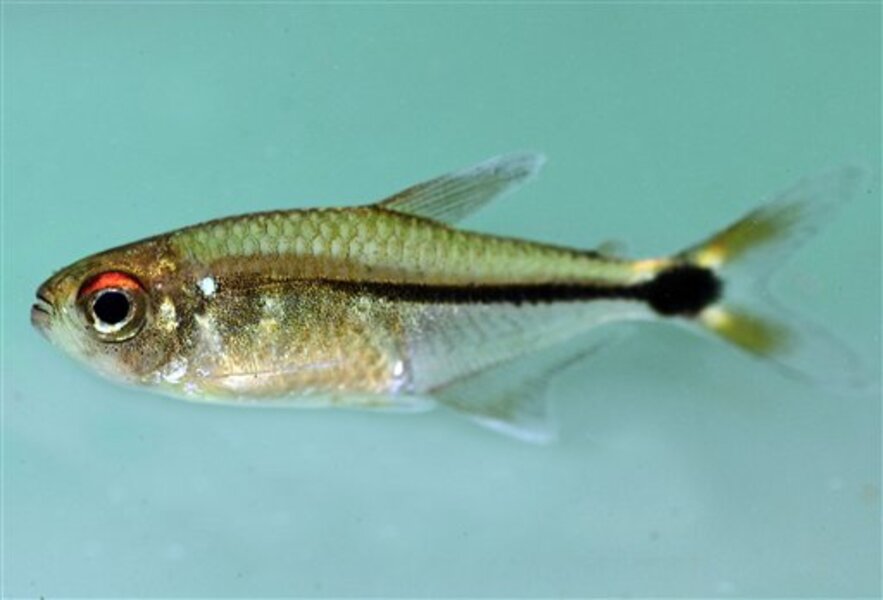Some 60 new species found in remote Suriname
Loading...
| Kingston, Jamaica
Braving perilous river rapids in Suriname's rainforest, international scientists found six frogs and 11 fish that are among 60 creatures that may be new species, a tropical ecologist with a U.S.-based conservation group said Thursday.
Trond Larsen, with the nonprofit research and advocacy organization Conservation International, said in a phone interview that the team catalogued creatures and studied freshwater resources during a three-week expedition in pristine forest of southeast Suriname near the border with Brazil.
The upper Palumeu River watershed is among the world's most remote and unexplored rainforests, the Arlington, Virginia-based group said. It has worked for years in Suriname, a sparsely populated country of 63,000 square miles (162, 265 square kilometers) on the north shoulder of South America.
The creatures that could be new to science include a brown tree frog dubbed the "cocoa frog" and a type of poison dart frog, which secretes powerful toxins employed by local people for hunting.
"Given the rate at which so many populations of frogs are declining and disappearing around the world, it's pretty exciting to be discovering new species," Larsen said.
Scientists also catalogued a potentially new type of colorful tetra fish, an unusually pigmented catfish and nine other types of fish after dragging nets through waterways. A 2.3 millimeter (less than an inch) reddish dung beetle that may be the second smallest one in South America was among apparently previously unknown kinds of insects found.
The research team collected data on 1,378 species of plants, birds, mammals, insects, fish and amphibians. The scientists were supported by 30 indigenous men who helped negotiate supply-laden boats through raging rivers and guided them through the forests.
Suriname, a Dutch colony until the 1970s, has made great efforts to protect its rainforests. In 1998, the government created the roughly 4 million-acre (1.6 million-hectare) Central Suriname Nature Reserve, setting aside some 10 percent of the country.
But thousands of illegal miners, many of them Brazilian, have also long worked throughout the interior, contaminating rivers in some areas with mercury used to separate gold from ore.
Researchers found high quality water conditions in the region they studied, but some of their samples had mercury above safe levels for drinking even though there was apparently no upstream mining. Larsen said he believes the mercury is blowing in from mining and industrial activities in neighboring nations.







